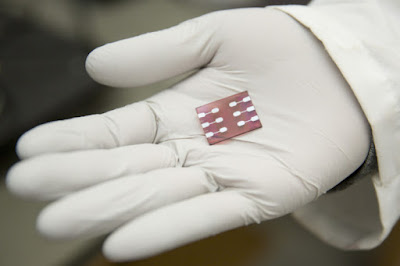Action Plan for RE Energy Transition (2030-2040) Considering Developing & Developed Countries
1. Introduction The renewable energy sector is undergoing rapid transformation. By 2030-2040, there will be significant advancements in renewable energy generation, electric vehicle adoption, climate change mitigation, and global migration patterns. This action plan outlines a roadmap for transitioning from conventional energy sources to renewables while ensuring sustainable development. 2. Key Trends and Future Predictions Increase in Renewable Energy Generation : Higher adoption of solar, wind, biomass, and small hydro energy sources. Shutdown of Coal-Based Power Plants : Phased closure of coal plants to reduce carbon emissions and minimize climate change impacts. Technological Developments : Growth in energy storage systems, smart grids, and decentralized renewable energy solutions. Electric Vehicle (EV) Expansion : Widespread adoption of EVs, leading to reduced dependency on fossil fuels. Space Migration Possibilities : If population growth continues, there may be explorations for ...


